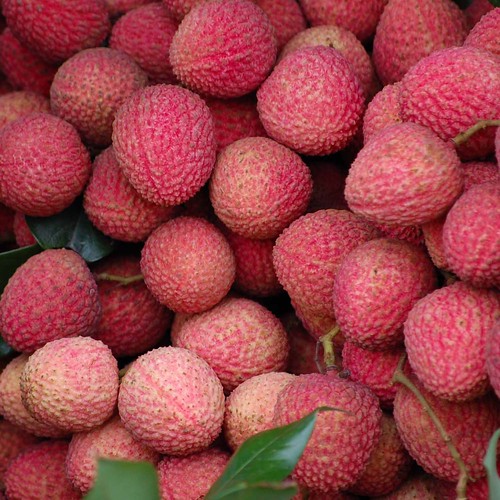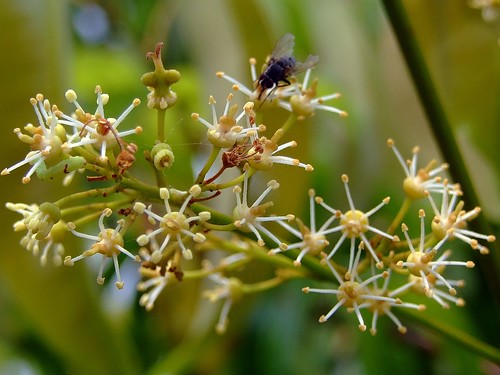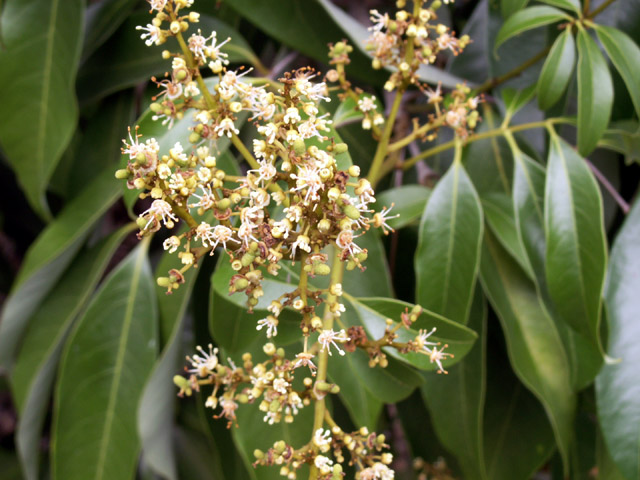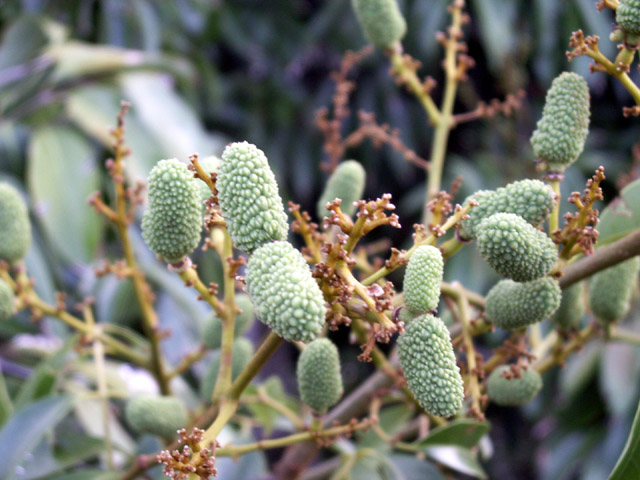Ripe Litchi/lichi/lichee/leechee/leechi(Lichu) fruits have been plucked from tree
Litchi is a seasonal fruit in Bangladesh. During the summer time this fruit becomes mature and ready to eat. The word Litchi is spelled also as lichi, lichee, leechee, leechi, lychee. In Bangladesh people call it as lichu. Its scientific name is litchi chinensis. This fruit belongs to family Sapindaceae.
Lichi/lichee/ leechee/leechi//lychee or litchu fruit originally a native of south China. The lychee has a history of cultivation going back as far as 2000 BC according to records in China. Cultivation spread over the years through neighboring areas of southeastern Asia and offshore islands. Lychees are extensively grown in China, and also elsewhere in South-East Asia, Thailand,Laos,Cambodia,Vietnam,Pakistan,Bangladesh,India southern Japan, and more recently in California, Hawaii,Texas, Florida of the USA, eastern Australia and sub-tropical regions of South Africa, Israel and in Mexico. Lichi/lichee/ leechee/leechi//lychee or litchu fruit reached Bangladesh region by the end of 17th century.
Generally it flourishes best in a moist atmosphere, having abundant rainfall and free from frost. Its plants grow luxuriantly at 30 C. the maximum temperature during flowering and fruit development varies from 21 C in February to 38 C in June in Bangladesh. Humidity is another important factor for litchi. The hot winds in summer cause fruit cracking and subsequently damage the pulp (aril). Wet spring, dry summer and light winter are desirable conditions for fruiting in litchi.
The lychee tree is handsome, dense, round-topped and slow-growing with smooth, gray, brittle trunk and limbs. Under ideal conditions they may reach 12m high, but they are usually much smaller. The tree in full fruit is a stunning sight. Its evergreen leaves, 12.5-20 cm long, are pinnate, having 4 to 8 alternate, elliptic-oblong to lanceolate, abruptly pointed, leaflets, somewhat leathery, smooth, glossy, dark-green on the upper surface and grayish-green beneath. The tiny petalless, greenish-white to yellowish flowers are borne in terminal clusters to 75 cm long. Most lichi/lichee/ leechee/leechi//lychee or litchu fruits are aromatic, oval, heart-shaped or nearly round, about 2.5 cm wide and 4 cm long; have a thin, leathery, rough or minutely warty skin, flexible and easily peeled when fresh. Its seed is normally oblong, upto 20 mm long, hard, with a shiny, dark-brown coat and is white internally. The fleshy, edible portion of the fruit is an aril, surrounding one dark brown inedible seed that is 1 to 3.3 cm long and .6 to 1.2 cm wide.
The lychee contains on average a total 72 mg of Vitamin C per 100 grams of fruit. On average nine lychee fruits would meet an adult’s daily recommended Vitamin C requirement.
Like most plant-based foods, lychees are low insaturated fat and sodium and are cholesterol free. Lychees are high in polyphenols, containing 15% more than grapes, a fruit commonly referenced as high in polyphenols.
S: en.wikipedia.org; crfg.org; hort.purdue.edu;
|













No comments:
Post a Comment